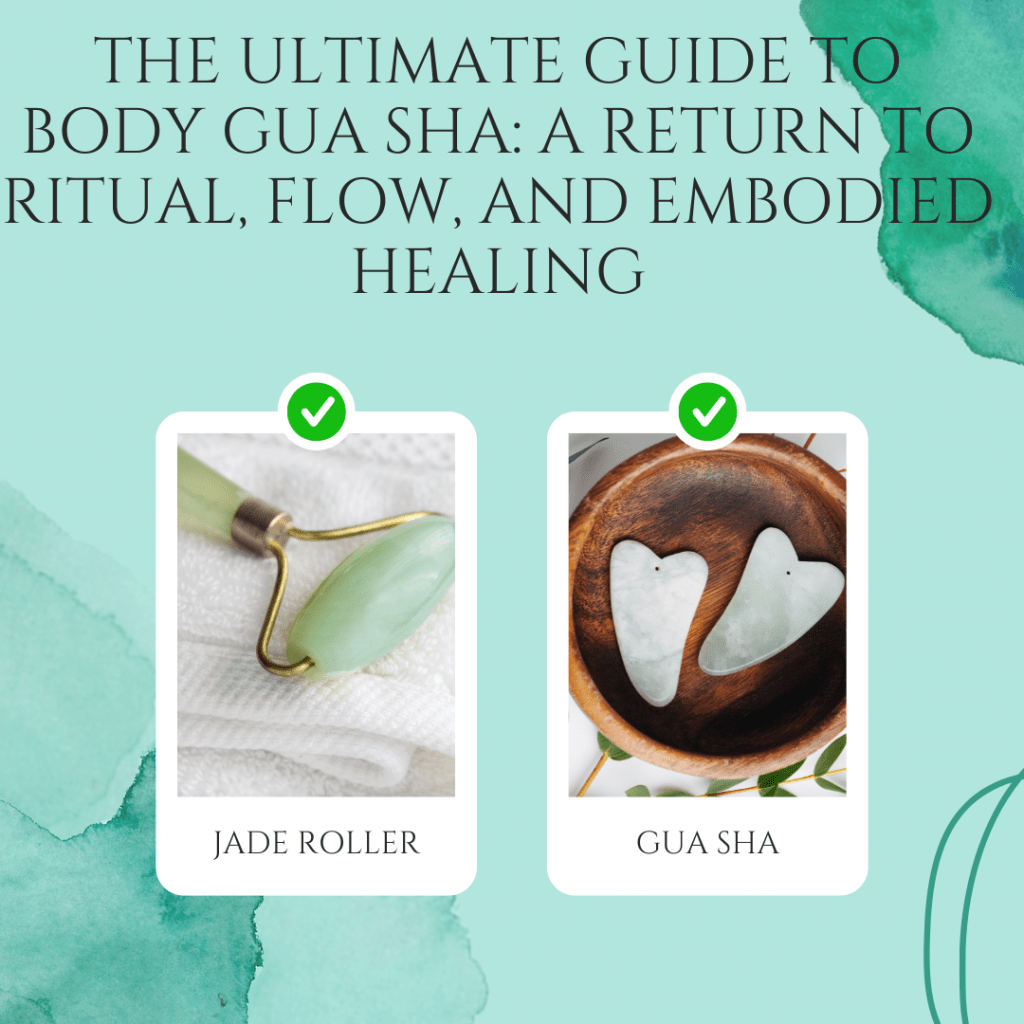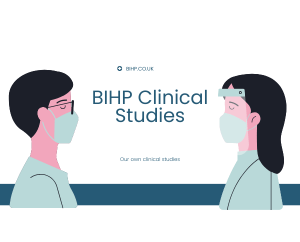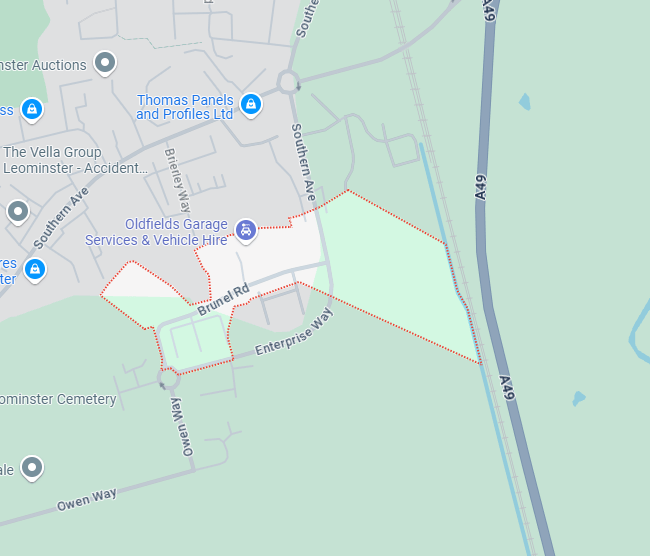
The Ultimate Guide to Body Gua Sha: A Return to Ritual, Flow, and Embodied Healing. It begins simply enough. A tool, a few drops of oil, and a moment carved out of the ordinary chaos. There’s no electricity involved, no heavy machinery, no trend-chasing fads—only you, your skin, and a method so ancient. Body Gua Sha it predates modern medicine by centuries.
Body Gua Sha is not flashy. It’s not loud. It’s not some overhyped miracle plastered across social media. Rather, it’s a subtle art of resilience, one that invites you not to seek more, but instead to feel more deeply. Not to fix, but to listen. Not to perform, but to return.
Therefore, what appears at first glance to be mere scraping is, in fact, a quiet revolution a deeply layered conversation between your breath and your burden, your hands and your held tension.
What Is Body Gua Sha? And Why Might You Already Be Needing It?
On the surface, body Gua Sha is a technique: a smooth-edged tool drawn across the skin to stimulate circulation, reduce inflammation, and support your body’s innate healing wisdom. However, underneath that simple definition lies something more powerful something profoundly ancient and deeply intuitive.
Historically rooted in Traditional Chinese Medicine, Gua Sha was used to “scrape away illness.” Yet, it is not simply about scraping, it’s about releasing what’s stuck. It’s a ritual passed down through generations, intended to clear stagnation, restore vitality, and promote balance.
In today’s world of hyper-productivity and chronic disconnection, Gua Sha offers an invitation. It asks you to slow down, breathe deeply, and become reacquainted with your own physical and energetic state. In doing so, it becomes more than a wellness tool, it becomes a reclaiming of self-awareness.
https://pmc.ncbi.nlm.nih.gov/articles/PMC2827462/
How Gua Sha Works: The Invisible Mechanics of Reawakening
Initially it may seem implausible that such a basic technique could unlock so much healing. However, as you begin, the evidence emerges quickly, not just on the skin’s surface, but throughout the body.
As the tool glides gently across the skin several processes begin to unfold. Firstly, capillaries dilate, allowing blood to flow more freely. Ultimately the skin becomes flushed, warm and nourished with fresh oxygen and nutrients. Simultaneously the lymphatic system that is so vital for detoxification but often stagnant, gets a powerful nudge. This in turn, encourages the release of stored fluid and waste.
Additionally, fascia—the thin connective tissue that envelops every muscle begins to unwind. What was once stiff now begins to soften. Tightness dissipates. The breath deepens. The body feels… lighter.
Meanwhile, your nervous system responds. Instead of remaining locked in the fight-or-flight state, it shifts into a parasympathetic mode, inviting rest, recovery, and calm. As a result, what began as a physical action becomes a holistic healing response.
Why Use Gua Sha? The Benefits Are Layered, Like the Body Itself
Without question, Gua Sha offers an array of physical and emotional benefits. Whether you’re seeking relief from chronic muscle tension, post-exercise recovery, or a way to relax your overworked nervous system, Gua Sha offers a reliable and effective method.
-
Tension dissolves, especially in commonly tight areas like the neck, shoulders, and lower back.
-
Circulation increases, which enhances skin tone and supports muscle repair.
-
Lymphatic drainage improves, helping to reduce puffiness and internal stagnation.
-
Skin becomes firmer and smoother, with consistent use leading to improved texture and elasticity.
-
Mental clarity emerges, as the mind settles and the body finds a calmer rhythm.
Moreover, the more often you practise, the more your body begins to communicate its needs—shifting Gua Sha from a technique to a deeply personal dialogue.
Choosing the Right Tools and Oils: Small Decisions, Profound Impact
Before starting, your choice of tool and oil will shape your experience. Therefore, take the time to choose mindfully.
Stones:
-
Stainless Steel: Professional, weighty, hygienic—great for muscle work.
-
Jade: Historically regarded as balancing and protective.
-
Rose Quartz: Gentle and heart-opening, ideal for emotional as well as physical healing.
-
Bian Stone: Rich in minerals and energetic resonance, offering ancient therapeutic value.
Oils:
-
Jojoba: Neutral, hydrating, and well-suited to all skin types.
-
Sweet Almond: Nourishing and soothing, particularly for dry skin.
-
Grapeseed: Lightweight, fast-absorbing, and excellent for everyday use.
Ultimately, choose what feels good. Trust your instincts. You don’t need the most expensive set—you need the one you’ll actually use, consistently and lovingly.
How to Use Gua Sha on the Body: Method Meets Intuition
Although you can follow tutorials or guides, true understanding comes through direct experience. Every stroke, every breath, every pause deepens your relationship with your body.
Getting started:
First, prepare a quiet, uncluttered space. Then, apply your chosen oil generously and slowly—this is not a chore, but the beginning of a ritual.
Technique:
-
Hold the tool at a 30–45° angle.
-
Glide in long, slow strokes toward the heart or nearest lymph centre.
-
Use steady pressure, adjusting for comfort and sensitivity.
-
Focus on one area at a time, repeating each stroke 5–10 times.
-
Breathe rhythmically throughout—inhale as you lift, exhale as you glide.
Target areas:
-
Neck and Shoulders: Release daily tension from screens and stress.
-
Back: Work outward from the spine for balance and relaxation.
-
Arms and Legs: Always move from extremities toward the core.
-
Abdomen: Use only light, clockwise circles to support digestion.
After your session, drink water and allow yourself to rest. Let the effects ripple through you.
How Often Should You Practise? Rhythm Over Routine
There’s no strict rule—only what feels nourishing.
For chronic issues, consider daily sessions for targeted areas. For general wellness, two to three times per week can yield noticeable results. However, consistency matters more than frequency.
Above all, don’t treat Gua Sha like another box to tick. Instead, let it be a sacred offering to yourself.
Enhancing Your Practice: Layering the Ritual
To deepen the experience, combine Gua Sha with complementary elements:
-
Aromatherapy: Add lavender or eucalyptus to your oil for an extra calming effect.
-
Soothing sounds: Let soft music or nature sounds guide your pace.
-
Stretching or movement: Use before or after to open and relax the fascia further.
-
Journalling: Record how your body feels—notice the shifts over time.
In this way, your Gua Sha session becomes not just a treatment, but a full-bodied ritual of presence.
The Traditional Chinese Medicine Perspective: Moving Stagnation, Restoring Flow
In TCM, stagnation is considered the root of most physical and emotional imbalances. When Qi is blocked, dysfunction arises. Thus, the act of scraping is not random—it’s directional, purposeful, and energetically meaningful.
Every stroke is a rebalancing act. Every line drawn across the skin is a gentle invitation: move, release, let go.
Common Misconceptions—and the Truth Behind Them
Let’s clear up the confusion:
-
“More pressure means better results.” Actually, no. Too much force can harm. Gentle and consistent is more effective.
-
“Only trained professionals should use Gua Sha.” While training can help, the practice was always meant to be accessible. With awareness and care, you can learn it yourself.
-
“It’s only for skincare.” In reality, Gua Sha’s origins are deeply therapeutic—it’s about whole-body wellness, not just aesthetics.
Real Stories, Real Relief
Consider the teacher who used Gua Sha every evening to alleviate tension headaches. Or the dancer who credits it with faster recovery post-performance. Or the new parent who finally carved out five minutes of silence and felt, perhaps for the first time in days, at home in their body again.
These are not isolated cases. They are reflections of what becomes possible when we pause and return to touch.
Conclusion: What If Healing Really Is This Simple?
No app, no supplement, no device can replace the power of presence. With Gua Sha, what you hold in your hand is more than a tool—it’s a portal. A chance to come back to yourself.
So begin slowly. Breathe. Scrape. Listen.
Healing, it turns out, is already inside you. Gua Sha simply reminds you how to reach it.
FAQs
Can I do body Gua Sha every day?
Yes—though it’s wise to vary your focus and allow time for rest and recovery in sensitive areas.
Is it safe during pregnancy?
Yes, with modifications. Avoid the abdomen and check with your midwife or GP.
Which oil should I choose?
Jojoba is a safe and versatile option. However, select the oil your skin responds best to.
How soon can I expect results?
Immediate relief is common, but deeper changes often appear over weeks of consistent practice.
Does it replace massage therapy?
No—but it enhances your wellbeing between sessions, offering independence and daily support.
We hope you found the article of value and how ancient remedies and techniques really do work, So saying that we dont always need the petroleum based ones. I have put a few links below on some more posts you may enjoy.
Healing frequencies list-Chakra frequency.
Chakra colours in order-reiki and chakras[icon name=”book-open-reader” prefix=”fas”]





